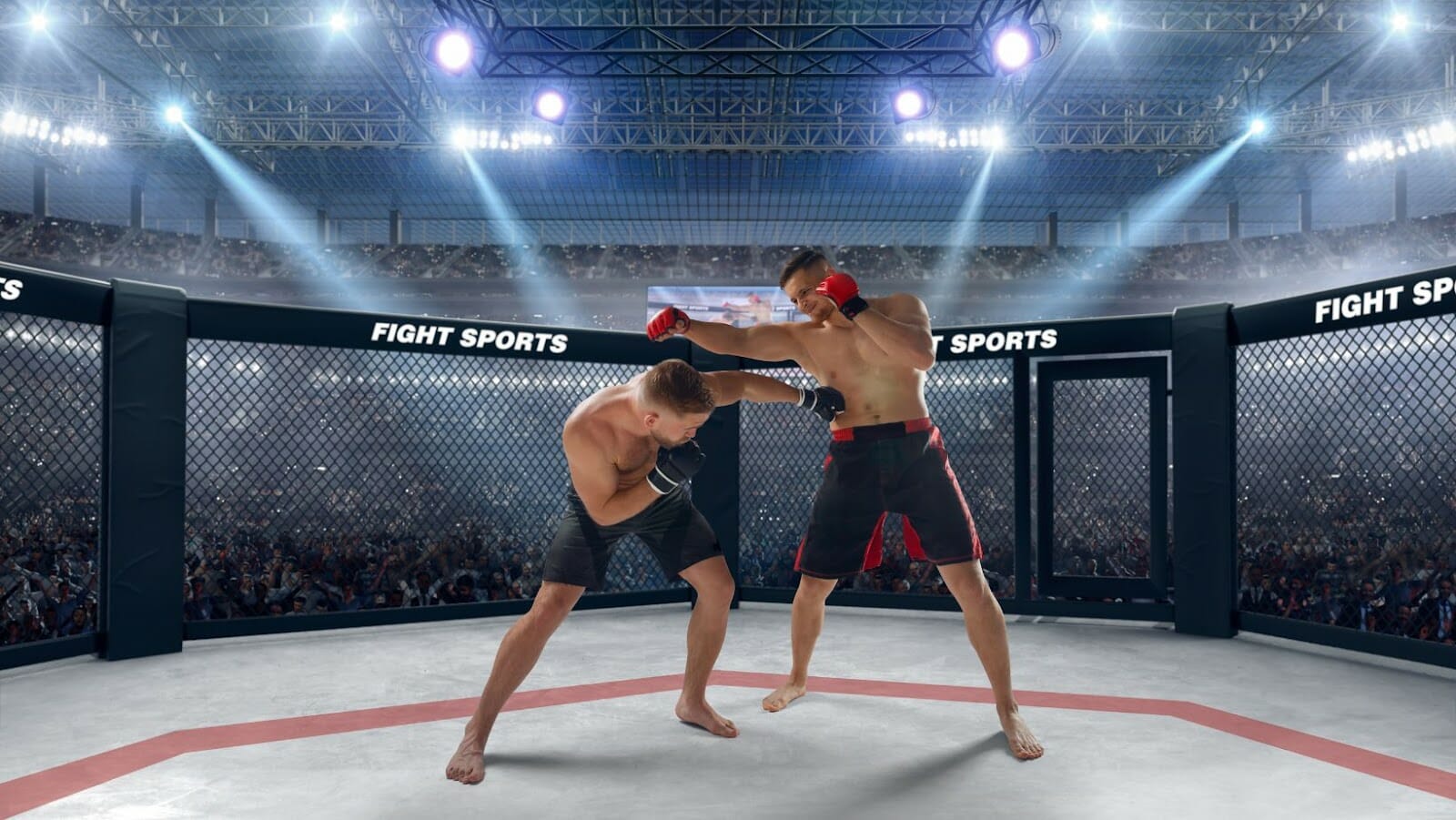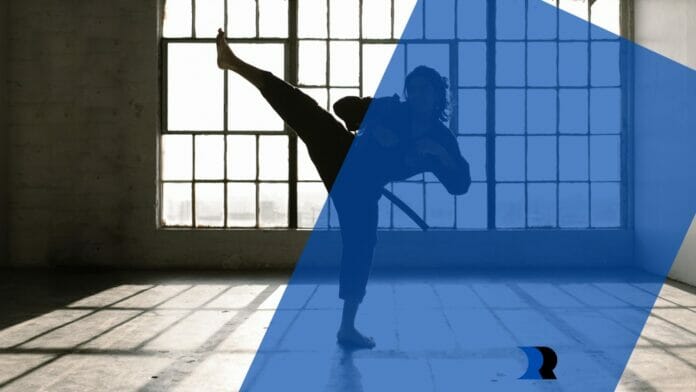When you think of mixed martial arts (MMA), what do you think of? The sport as a whole has come a long way from being that no-holds-barred blood-and-guts spectacle that debuted almost two decades ago. From almost shutting down after its first season due to lackluster ratings, it has grown into one of the most rapidly growing sports in history, with ufc tickets in high demand.
To understand where we are today, you need to know where we have been. We’ll talk about the history of UFC in its various stages, from its initial inception to its current state as one of the largest mixed martial arts organizations in the world, with events happening on an almost monthly basis across different continents.
What Is the UFC?
The UFC is the dominant mixed martial arts organization. It has been the premier MMA company in the world since the early 2000s when t was acquired by Zuffa, LLC in 2001. During the 1990s, a number of smaller MMA promotions emerged, but they all failed to achieve consistent long-term success. The UFC was the first major MMA organization to secure a long-term contract with a major television network.
The Early Years

The UFC began as a one-off pay-per-view event in 1993 as a challenge to then-existing martial arts organizations. The promotion’s founder, Art Davie, proposed to create a hybrid martial art that would change the way martial arts were viewed by the general public. Davie, an advertising executive, came up with the idea of using two opposing elements that would draw audiences.
He came up with the name Mixed Martial Arts, as the two elements were Muay Thai and American Boxing. Muay Thai is a form of kickboxing, while boxing is a form of striking that uses both hands to deliver impact. Initially, Davie attempted to find investors for his idea. However, no one took his idea seriously, except for Rorion Gracie, one of the top names in Brazilian jiu-jitsu at the time.
The Gracie family was very famous in the martial arts world, as they were responsible for the creation of Brazilian jiu-jitsu. Rorion’s younger brother, Royce, who was the first UFC tournament winner, was the one who suggested that the event should feature a style of non-rules fighting.
The Dark Times
In the mid-to-late 2000s, the UFC was at a crossroads. It had become exceedingly popular, but it also became notorious for its lack of regulation. It had become a Wild West where anything goes, as long as the fighters didn’t stop. In fact, the fighters were encouraged not to stop, even after they were clearly unable to continue.
Mixed martial arts was almost shut down due to a rash of athletes dying in the ring. While nobody in a UFC fight has died, the UFC had to clean up its act because it was the public face of mixed martial arts.
To do that, the UFC hired Dana White as its new president. White had a tough job ahead of him. He was essentially tasked with cleaning up a messy sport, making it more palatable for mainstream audiences. He also had to make sure it stayed exciting enough to keep hardcore fans engaged. You can call it a near-death experience for the UFC, but it also led to a change in the sport that made it better in the long run.
Rebuilding and Rebranding
White’s first task was rebranding the UFC. This was necessary because the UFC needed to be brought up to code in order to avoid being banned. That meant new rules, new referees, and a larger staff. It also meant cleaning up the sport’s image, which meant instilling a stricter set of rules, improving the quality of the fighters, and creating a more professional atmosphere.

It also meant completely rebranding the organization, from the logo to the way the fighters were presented to the public. One of the most important things White did was create weight classes. This meant that fighters would compete against people in their own weight category.
This created a more level playing field between fighters, as well as a much more entertaining product. It meant that fighters couldn’t be derailed by a lack of experience in a certain weight class. It also meant that fights would be much shorter, which meant fighters had to get right to the action.
UFC Today
UFC celebrated its 25th Anniversary in 2018 and is currently broadcast to over 1.1 billion viewers in 165 countries and territories worldwide. It’s the largest pay-per-view event provider worldwide and has produced over 400 events in 21 countries since that first broadcast in 1993. It produces about 40 events per year in locations that span the globe. As of 2019, the UFC has a total of 689 athletes on its roster.


